Sweet New Earth is an ad free and entirely reader-supported site.
When you purchase products through links on our site, we may earn a commission which supports our reviews.
Learn more.
10 Best Types of Trees In New Hampshire (Plant, Grow or Admire)
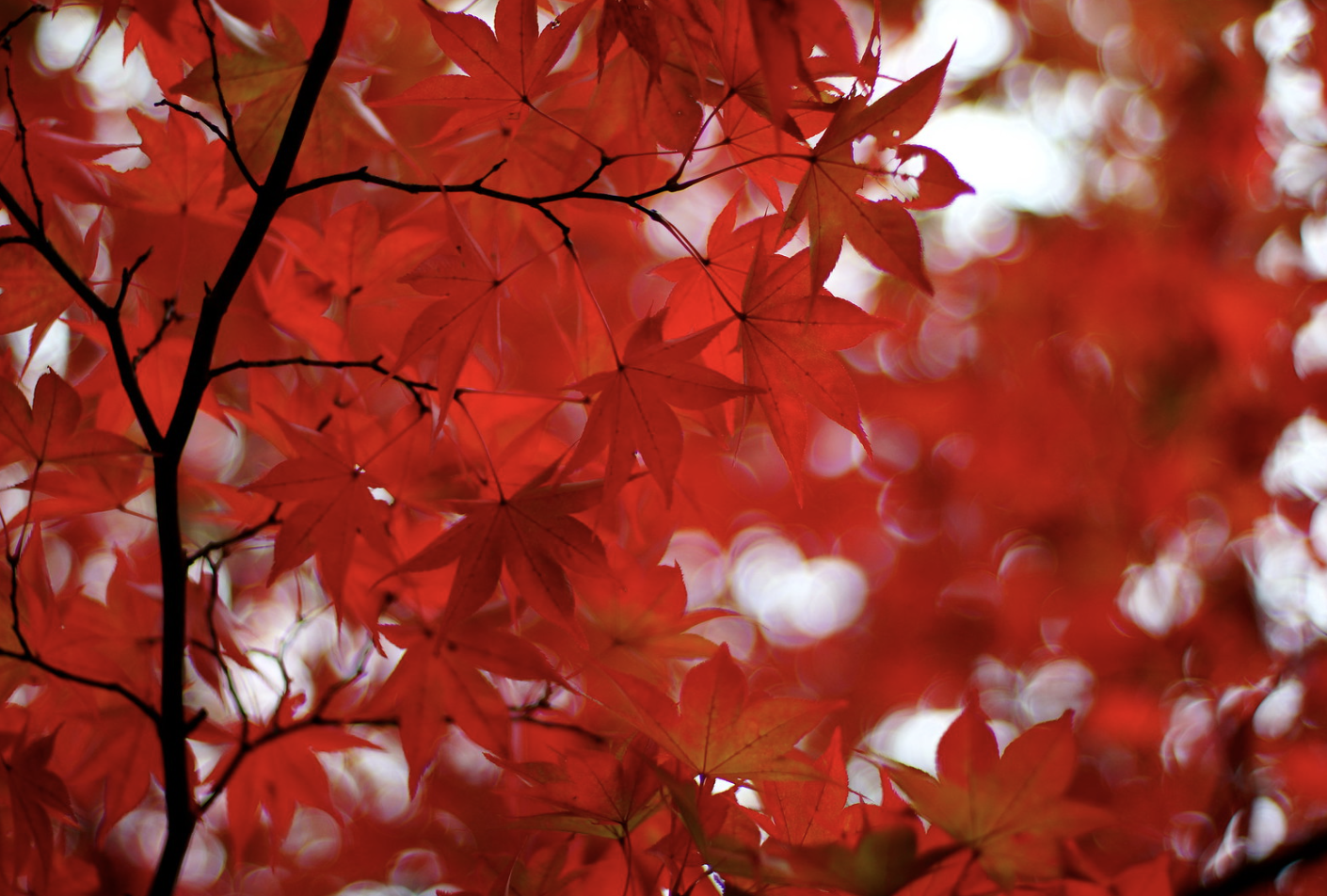
New Hampshire has a humid continental climate, which encourages the growth of trees throughout the state. The most common tree species found in New Hampshire are red maple, white spruce, yellow birch, American beech, sugar maple, and white pine.
While the white birch is the national tree of the region, there are plenty of other trees in New Hampshire. Here's everything you need to know.
Table of Contents
- 10 Most Common Trees In New Hampshire
- Red Maple (Acer rebrum)
- White Pine (Pinus strobus)
- Hemlock (Conium maculatum)
- Balsam Fir (Abies balsamea)
- Sugar Maple (Acer saccharum)
- Red Oak (Quercus rubra)
- Spruce (Picea babies)
- Paper Birch (Betula papyrifera)
- Yellow Birch (Betula alleghaniensis)
- Beech (Fagus grandifolia)
- Final Say on Trees In New Hampshire
- FAQs
Most Common Trees in New Hampshire
Saw, timber and pine have dominated New Hampshire forests forever. However, other trees, such as red maple, yellow birch, and white pine, are also common in the region.
Red Maple (Acer rebrum)

Photo Credit: M
Other Common Names: Soft maple, water maple, swamp maple
Growing Zones: 3 - 9 [1]
Average Mature Height: 60 to 90 feet
Maple trees are pretty common in New Hampshire. The red maple tree is often planted in spring for its ornamental beauty and showy red flowers. It's an excellent choice for wet, low-lying areas as the tree is very tolerant of wet soil.
Red maples have strong and durable wood, making them popular for construction purposes. They have dense foliage that provides excellent shade and shelter for wildlife and food sources.
The trees grow quickly and reach a height of up to 90 feet. Meanwhile, the larger trees can grow up to 120 feet tall. You can see small red flowers on the maple trees early in spring, while the tree fruits from April to June. The fruit is called a samara and has an enclosed seed.
White Pine (Pinus strobus)
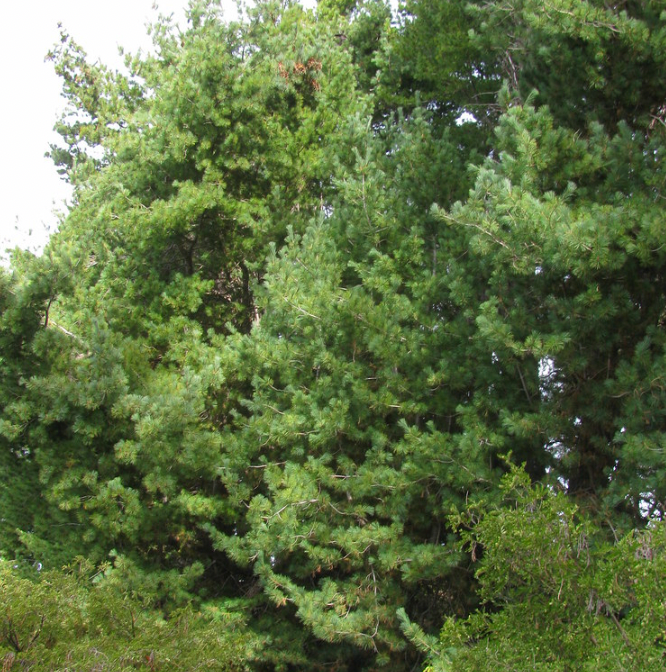
Photo Credit: Forest and Kim Starr
Other common names: Eastern White Pine, Northern White Pine, Weymouth Pine
Growing zones: 3 - 8
Average Mature size: 75 - 200 ft. tall
The white pine is an evergreen tree native to North America's eastern and northern parts. It has a typical conical shape with a straight and vertical trunk that makes it ideal for supporting large branches. White pine trees can reach heights of up to 80 feet.
Unlike maple, an ornamental tree, white pine is mainly used for lumber and pulp. It's a popular choice for construction projects, as the softwood is lightweight yet strong and durable.
The tree flowers from May to June and disperses seeds from August to September. It bears seeds every three to ten years. Naturally, the white pine does well in well-drained soils with slight acidity. While the young tree has a moderate to fast growth rate, the growth slows with the tree's age.
Hemlock (Conium maculatum)
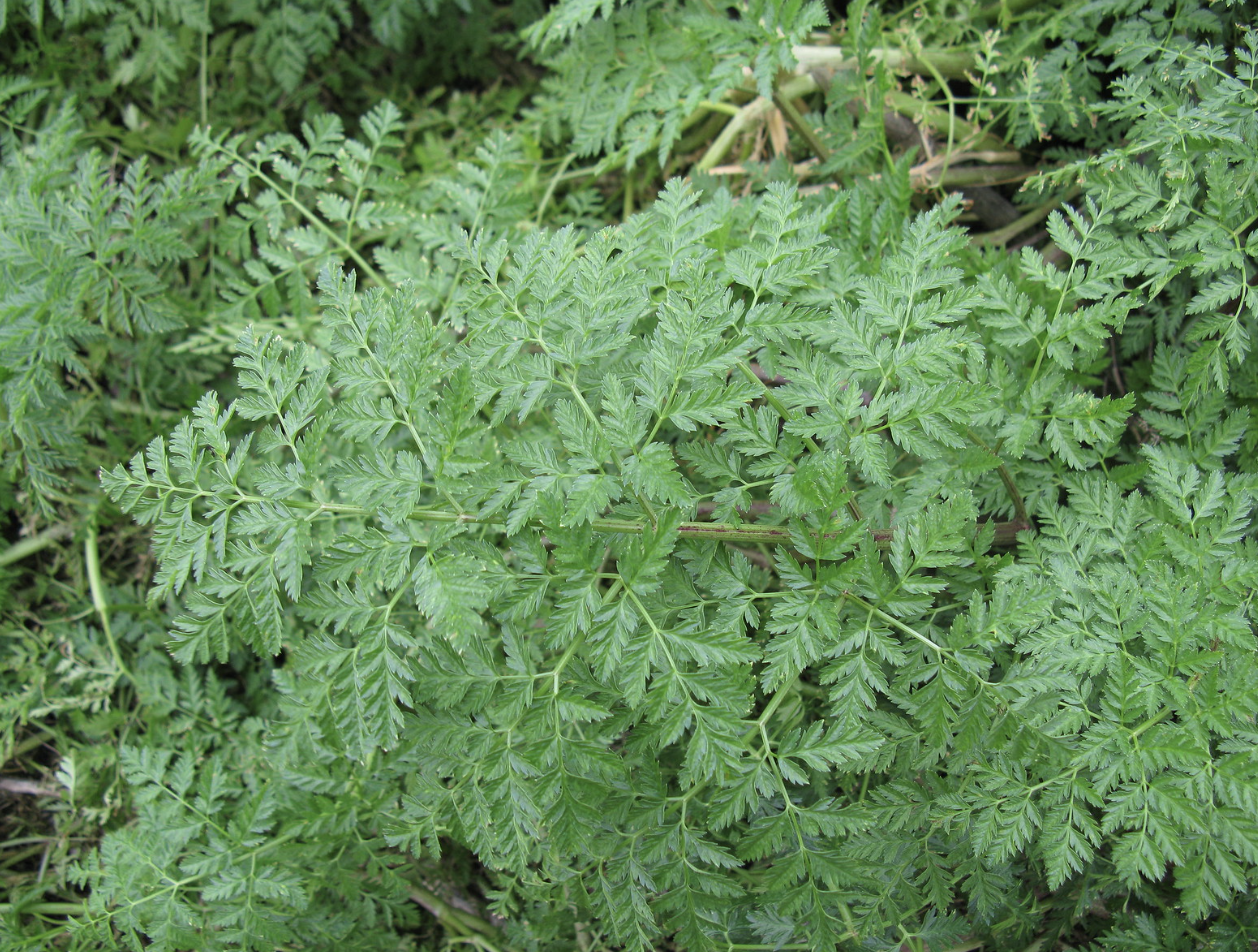
Photo Credit: Harry Rose
Other Common Names: Wild hemlock, poison hemlock
Growing Zones: 4 - 7 [3]
Average Mature Height: 60 to 100 feet
Hemlock is a highly poisonous tree considered a nuisance in many parts of New Hampshire. With its large and feathery leaves, poison hemlock is easily recognizable. The tree is straight and cylindrical, with its bark becoming scaly as it ages.
Every part of the tree is poisonous, especially the roots and seeds. If the conditions are right, the tree can quickly grow up to eight feet during the growing season. It also has a distinctive smell that's carried by the wind.
Since it's a biennial plant, it flowers every two years. That means it produces leaves during the first year and flowers in the second. The flowers are produced in umbrella-shaped clusters.
Balsam Fir (Abies balsamea)
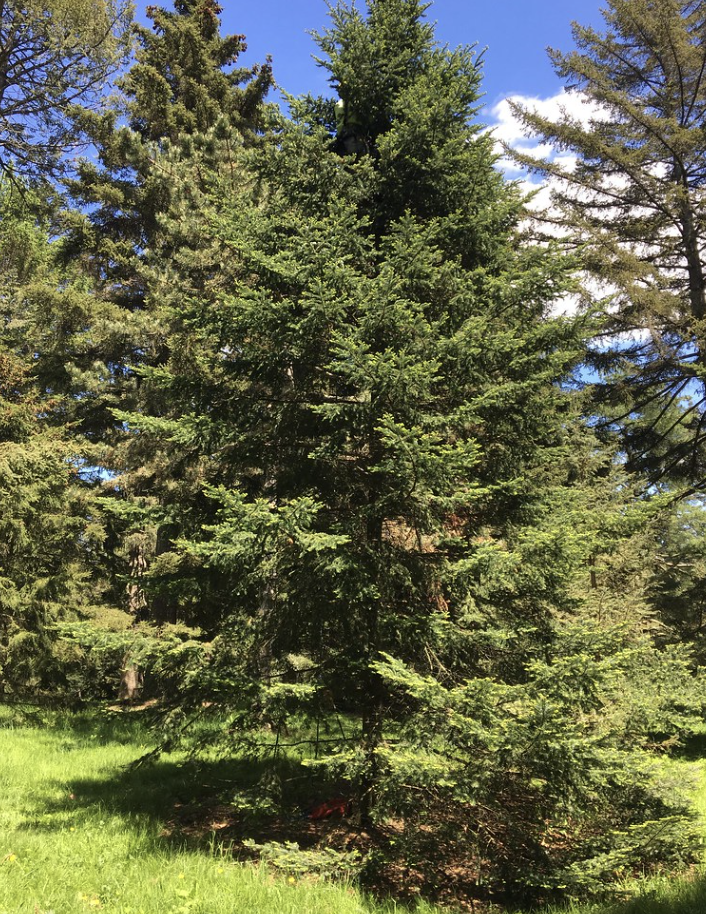
Photo Credit: Plant Image Library
Other Common Names: Silver pine, blister fir, northern balsam, balm of Gilead
Growing Zones: 3 - 5 [4]
Average Mature Height: 50 to 60 feet
Balsam fir is one of the most common New Hampshire trees. It is an evergreen tree with dark green needles that have a pleasant aroma. The needle-like leaves are short and sharp at the edges.
Balsam fir has been used extensively for its therapeutic and medicinal benefits for centuries. Native Americans used the tree's resin for healing and treating wounds. The resin is also used as a natural insect repellent.
Unfortunately, the eastern spruce budworm is a major potential pest for this tree. The larvae of this insect feed on the needles and cause extensive damage to the tree. Moreover, Dolphinella balsamea, a fungus, can also infect the tree's needles.
Sugar Maple (Acer saccharum)
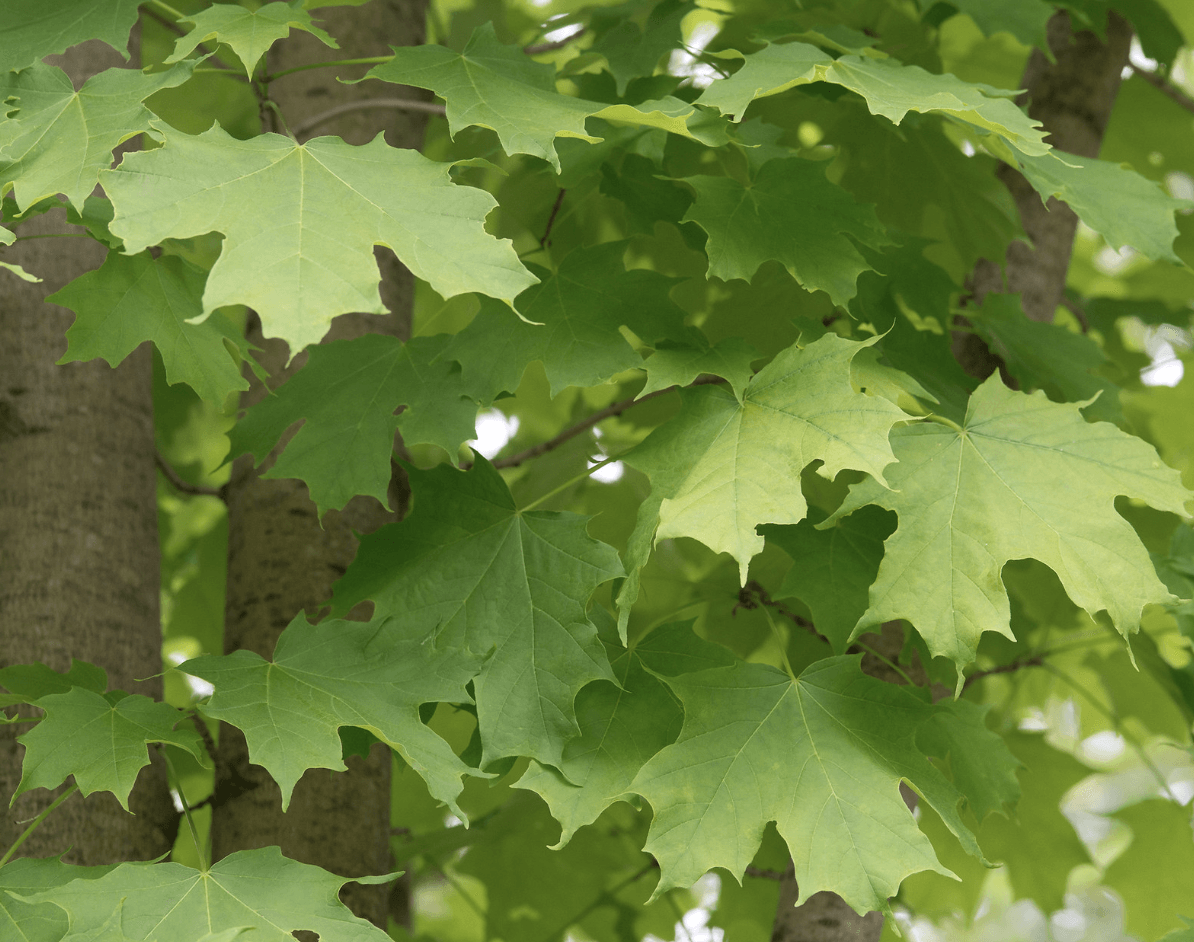
Photo Credit: Plant Image Library
Other Common Names: Rock maple, hard maple
Growing Zones: 3 - 8 [5]
Average Mature Height: 60 to 75 feet
Sugar maple is a deciduous tree native to North America. It is best known for producing maple syrup from its sap. The maple sap is harvested in the spring and boiled to create syrup. The tree also produces small yellow flowers that bloom in the springtime.
The sugar maple leaves are dark green with deep lobes and turn orange and red in autumn. Meanwhile, the bark is light gray and smooth.
Sugar maple is a very hardy tree and can survive in various soil types. It is often planted in urban settings due to its resistance to pollution and is also tolerant of moderate drought conditions. Sugar maple is susceptible to a few diseases, such as verticillium wilt, leaf spot, and anthracnose.
Additionally, the sugar maple may be attacked by insect pests such as aphids, mites, and scale.
Red Oak (Quercus rubra)
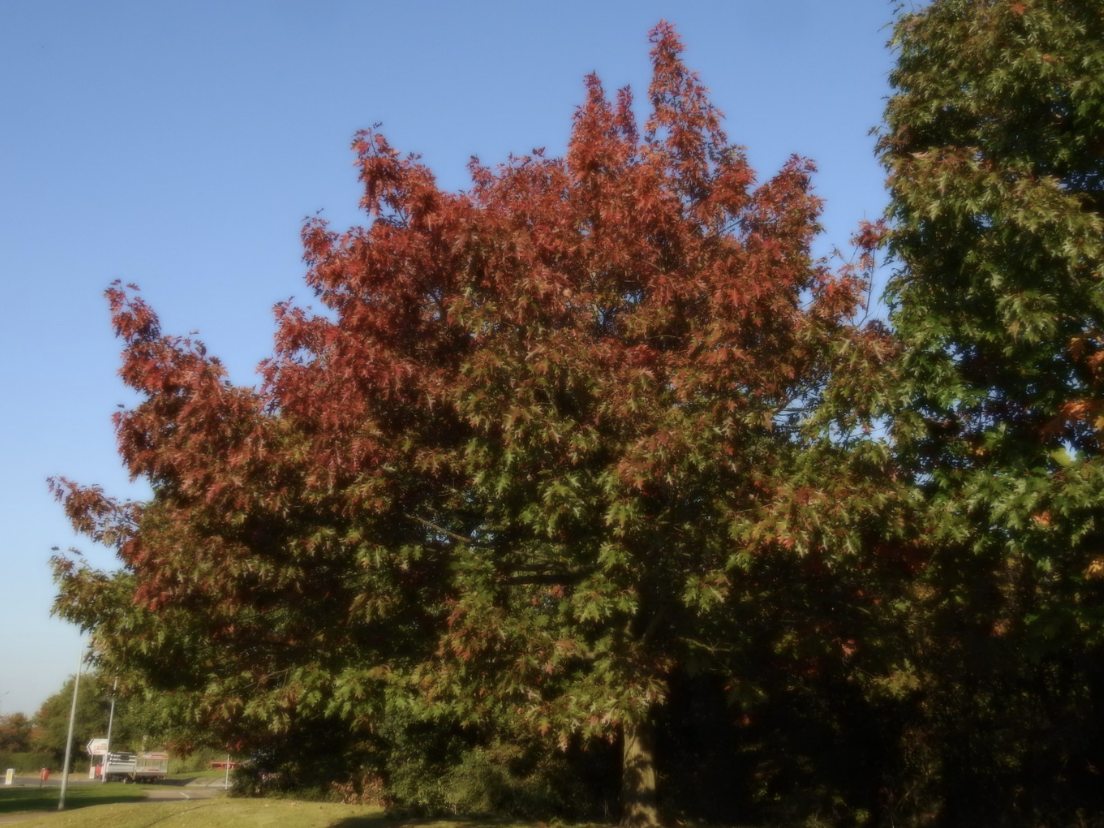
Photo Credit: Pete Beard
Other Common Names: Northern red oak, gray oak, mountain oak, eastern red oak
Growing Zones: 3 - 8 [6]
Average Mature Height: 60 to 70 feet
Oak trees are a common sight in New Hampshire. The red oak is a prominent member of the beech family, characterized by its reddish-brown bark. Its leaves are a shiny dark green color with pointed lobes on the edges.
In autumn, the leaves turn a brilliant orange-red color before falling in winter. Red oaks can grow up to 70 feet tall and have a wide, spreading canopy. The tree's acorns are an essential food source for deer and other wildlife species.
Red oak has a fast growth rate as the tree grows up to 24" per year. It prefers full sun, which means it requires six hours or more of unfiltered and direct sunlight daily. As for the soil, the tree thrives in loamy, moist, and acidic soil with normal moisture.
Spruce (Picea abies)
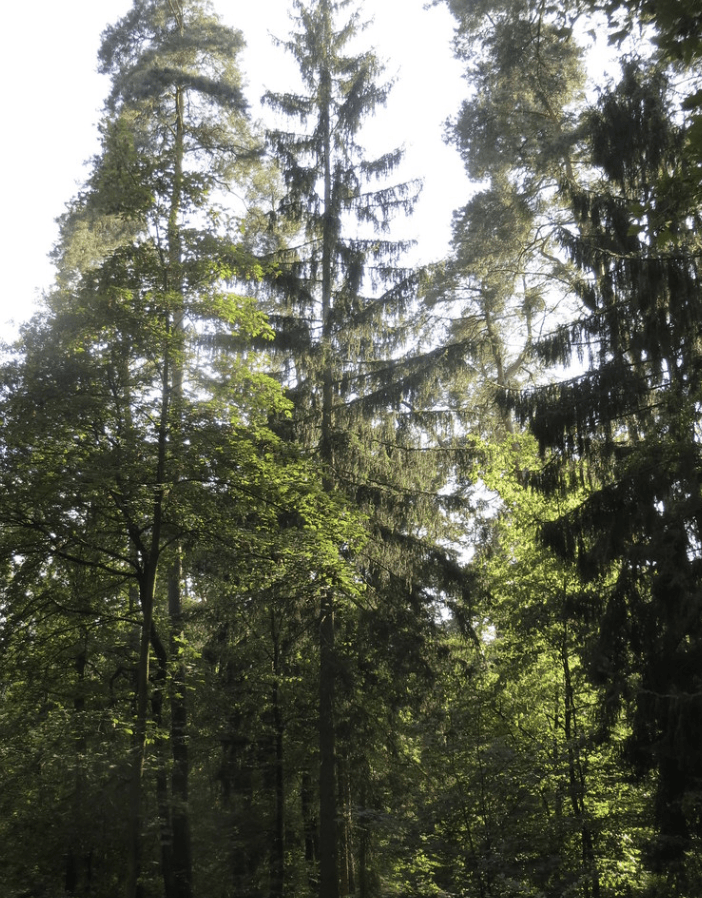
Photo Credit: Andreas Rockstein
Other Common Names: European spruce, Norway spruce
Growing Zones: 3 - 7 [7]
Average Mature Height: 60 to 200 feet
Spruce trees are an important part of New Hampshire's landscape. They are evergreen trees with a conical shape and densely packed branches. The needles are short and sharp and have a bluish-green hue. Spruce trees can grow between 60 and 200 feet tall, depending on the species.
The largest known Norway spruce in the US is in New Hampshire. It is 108 feet tall and has a circumference of more than 15 feet. New Hampshire also has red spruce, white spruce, and black spruce.
Spruces prefer full sun and moist soil with a pH of 6.5-7. It has a pyramidal shape and grows rapidly, up to 24" per year. The trees are relatively low-maintenance and can be a great addition to yards and gardens.
Paper Birch (Betula papyrifera)
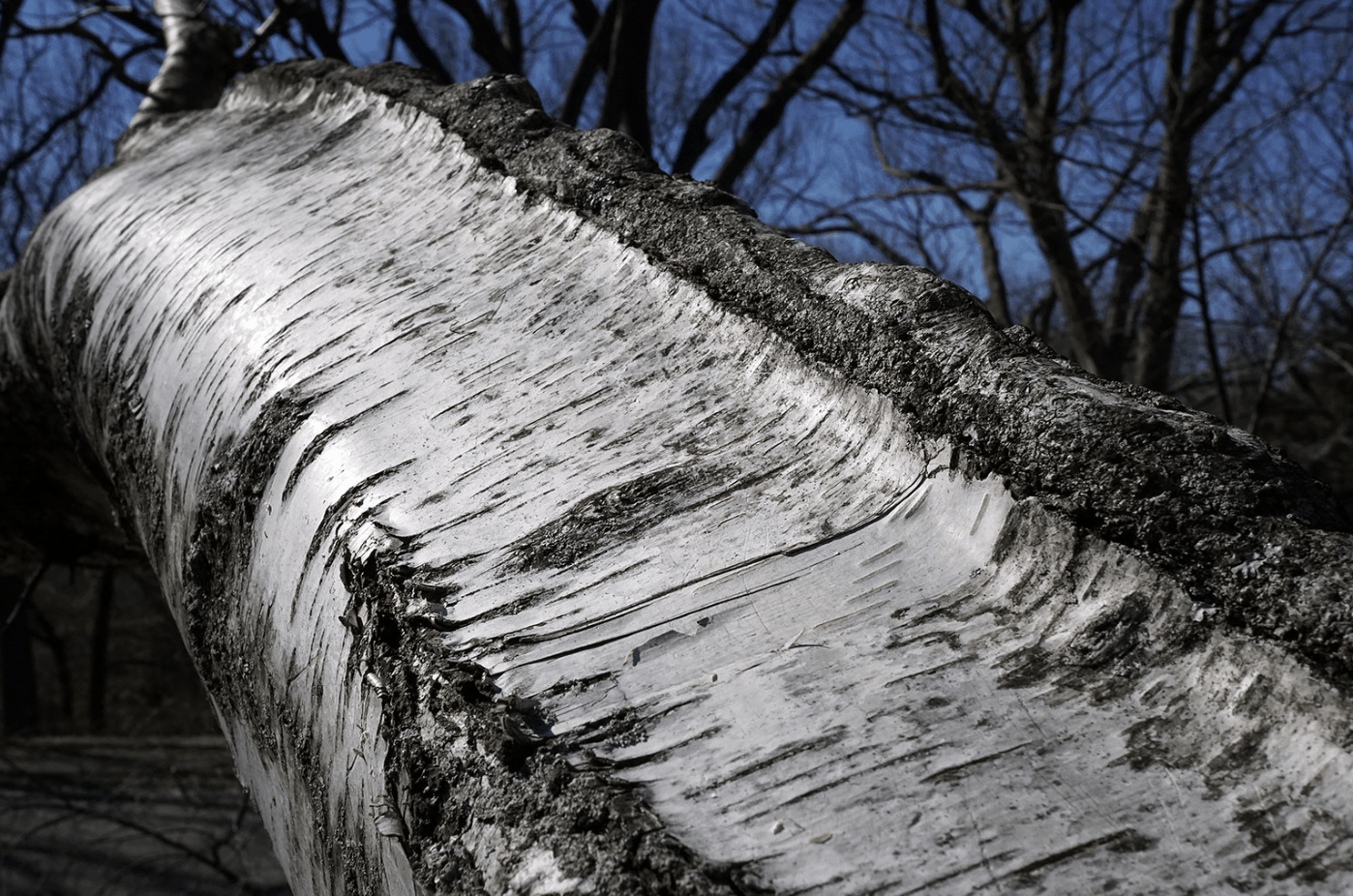
Photo Credit: Plant Image Library
Other Common Names: American white birch tree, canoe birch
Growing Zones: 2 - 7 [8]
Average Mature Height: 40 feet
The paper birch is a relatively small tree that grows in New Hampshire. It is a member of the Betulaceae family and is often mistaken for aspen because of its similar appearance.
The paper birch is characterized by its thin, white bark that has a papery texture and peels away in strips. The leaves are glossy dark green, and usually heart-shaped. In the fall, they turn an attractive golden yellow before falling off.
Paper birch prefers well-drained, moist, and clayey soils. It has some degree of drought tolerance but normally prefers moderate moisture.
Yellow Birch (Betula alleghaniensis)
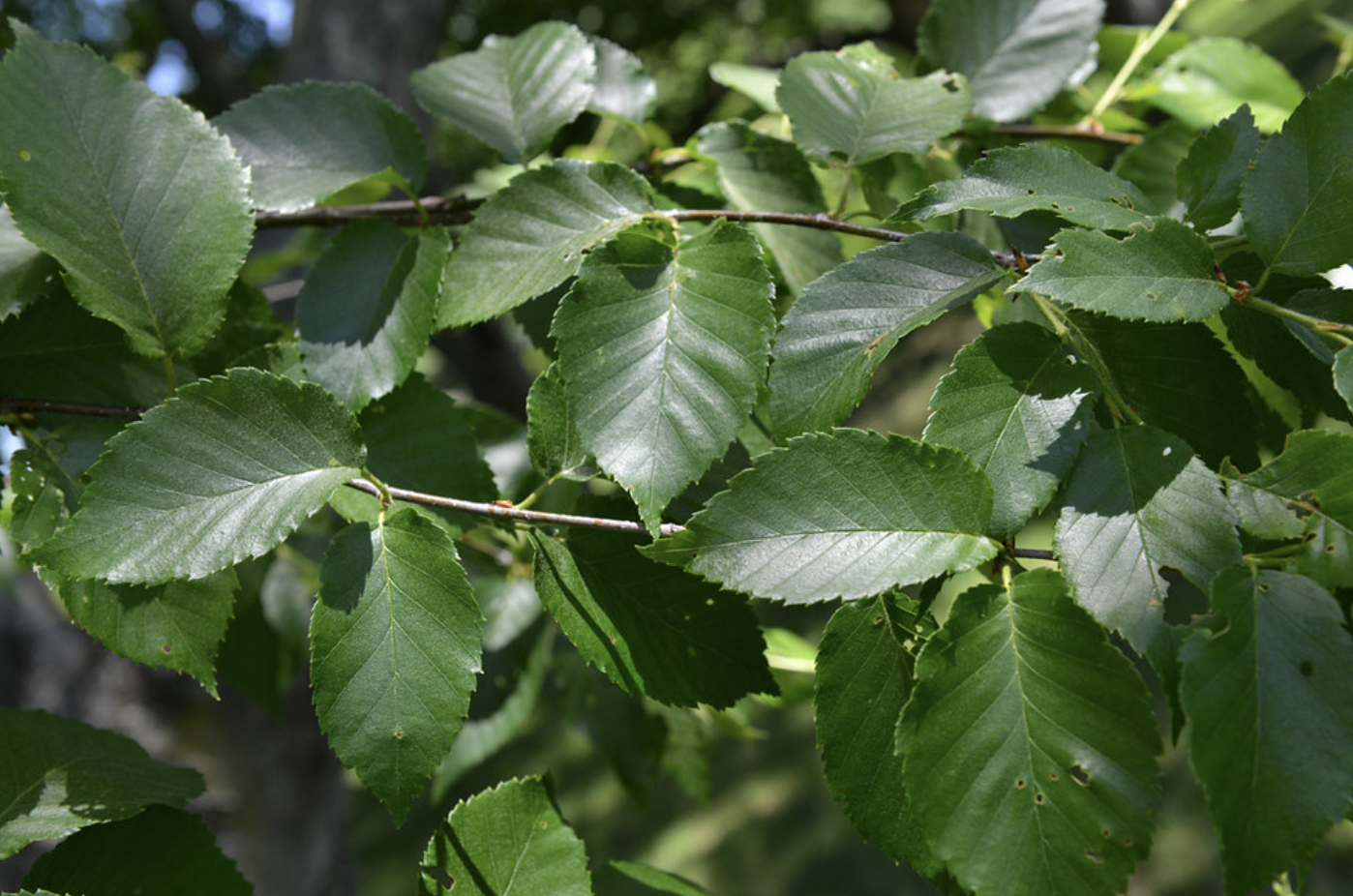
Photo Credit: Plant Image Library
Other Common Names: Golden birch, swamp birch
Growing Zones: 3 - 7 [9]
Average Mature Height: 60 to 75 feet
The yellow birch is a tall and elegant tree found in New Hampshire's forests. It prefers moist soils and can tolerate various soil pH levels.
The bark is yellowish-brown and has prominent horizontal lenticels. Meanwhile, the leaves are oval or obovate, pointed, and have a serrated margin. They may turn yellow in the fall.
The tree may have a spread of up to 50 feet at full maturity. That's why it's considered a shade tree.
Beech (Fagus grandifolia)
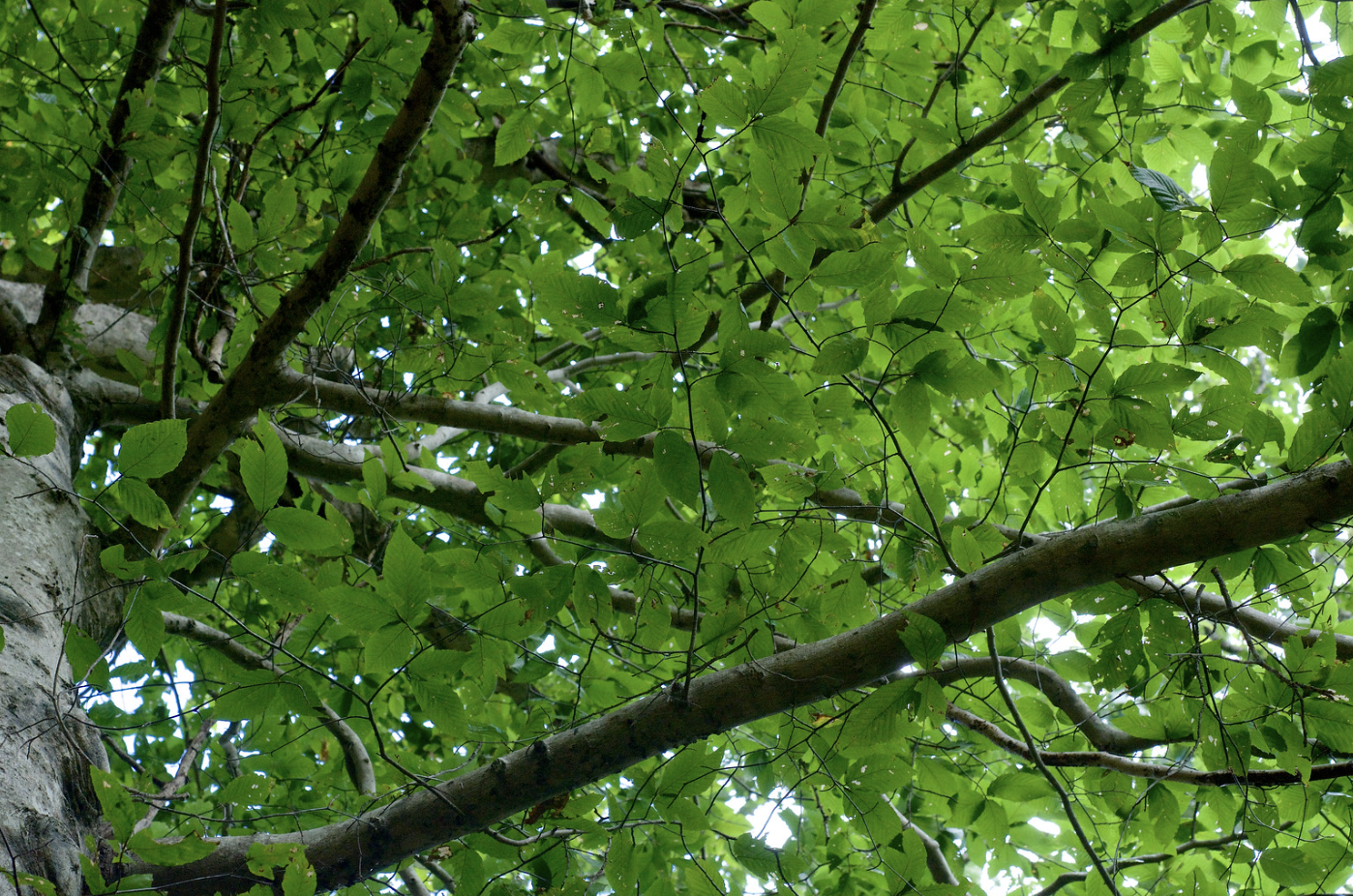
Photo Credit: Eric Hunt
Other Common Names: American beech
Growing Zones: 4 - 9 [10]
Average Mature Height: 50 to 70 feet
Beeches are common New Hampshire trees that can often be found in forests and parks. The American beech is a common species in the region and typically grows as an ornamental tree.
The visual beauty of the beech is one of its greatest assets. It has smooth, gray bark and glossy, dark green leaves with a coarsely toothed margin. In the fall, its leaves turn golden yellow, and the bark remains a light gray-brown.
When mature, it may reach up to 70 feet in height and have a spread of 40 to 50 feet. Its thick canopy makes it suitable for shady yards as well.
Final Say on the Beautiful Trees In New Hampshire
There's no shortage of trees in New Hampshire. While some of these trees are grown for ornamental purposes, others are centuries old, providing a glimpse into the state's history.
At the same time, some trees have construction, nutritional, medicinal, and other uses. No matter the purpose, New Hampshire is a veritable haven for trees and nature lovers.
FAQs
-
What Is the Oldest Tree in New Hampshire?
The Black gum (Nyssa sylvatica) or black tupelo is the oldest tree species in New Hampshire, with some specimens over 700 years old. Likewise, Sheldrick Forest is also home to some trees that are over 200 years old.
-
What Is the Tallest Tree in New Hampshire?
A white pine specimen is the tallest tree in New Hampshire. It measures 166.1 feet and is present on a Claremont private estate.

Christina Hernandez
Christina has done most of her research on environmental science but recently has changed her focus towards sustainable forestry. She has a passion for the outdoors and wants to spread that passion to the world.
Join our community!
Join to receive guides, insights, and the latest gardening deals!
Newsletter
Thank you for subscribing!
Please try again later
Sweet New Earth is reader-supported. When you buy through links on our site, we may earn an affiliate commission.
All Rights Reserved | Sweet New Earth
